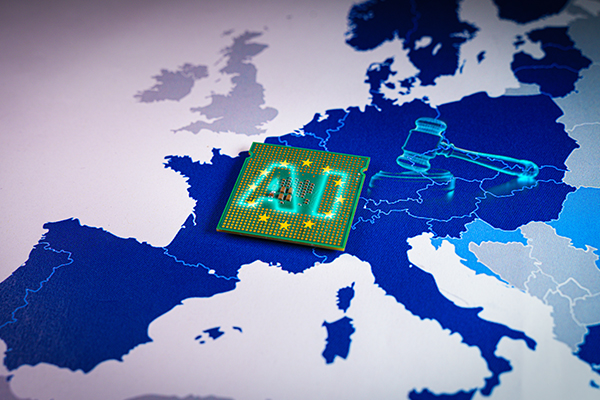After years of consultation, drafting and negotiation, the EU Artificial Intelligence Act (EU AI Act) was finally published in the EU's Official Journal on 12 July 2024. This marks a major step forward towards a more sustainable and secure future of AI, globally.
5 things you need to know
1. Global reach: The EU AI Act can apply to businesses outside of the EU, for example where they place on the market or put into service AI in the EU or where the output is used in the EU.
2. Broad applicability: The EU AI Act applies across sectors and covers the whole AI value chain (e.g., providers, deployers, importers, distributors).
3. Risk-adjusted: The EU AI Act's rules and compliance requirements are defined following a tiered approach dependent on the AI risk (e.g., prohibitions, high-risk, GPAI, GenAI).
4. Strong enforcement: The EU AI Act will be enforced by national authorities and new EU-level bodies (including the AI Office under the European Commission), with fines of up to 7% of the undertaking's total worldwide annual turnover for the most serious infringements.
5. Imminent impact: The EU AI Act will now enter into force on 1 August 2024, and its first requirements will kick in very soon afterwards. Organisations need to be preparing now.
When do the new requirements start to apply?
The EU AI Act's requirements will start to apply gradually, with different transition periods following entry into force for different requirements, for instance:
- 2 February 2025: Prohibitions, AI literacy, general provisions.
- 2 August 2025: General-purpose AI, Member States' rules on penalties.
- 2 August 2026: Standalone high-risk AI (e.g. HR, credit scoring, life and health insurance risk assessment and pricing), specific transparency requirements, regulatory sandboxes, etc. This is the by-default transition period.
- 2 August 2027: High-risk AI under specific sectoral legislation (e.g. re. medical devices, radio equipment, toys, machinery), general-purpose AI models already on the market.
For more detail on the key rules and requirements of the EU AI Act, you can download our Executive Briefing and EU AI Act Summary.
 Clifford Chance
Clifford Chance




